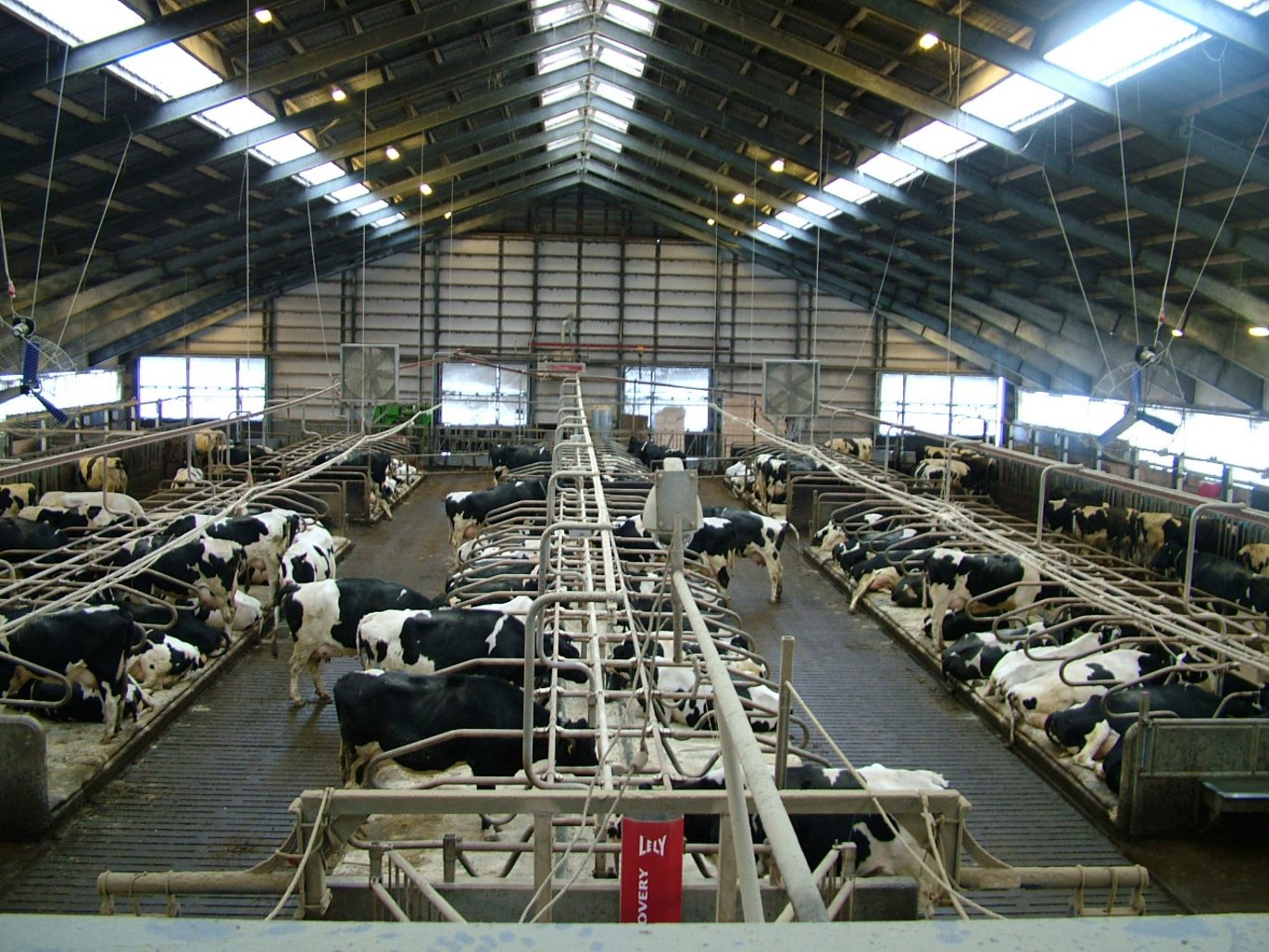DNA technology can help ensure food security
For the past five years new genetic technology has created a revolution in Danish agriculture. Productivity has increased, cows have become healthier, and the technology can be spread to help produce more climate-friendly food for the world’s increasing population.


You might not know that a revolution has been going on in Danish cattle breeding since 2008 – unless you have been reading agricultural news. The technological breakthrough is called genomic selection. The concept is that animals are selected for breeding by looking directly at their chromosomes via a blood or tissue sample that is analysed on a DNA chip.
This makes it possible to evaluate a potential breeding animal much faster and earlier. Prior to 2008 it was necessary to wait for a breeding bull to sire about 120 daughters and then wait and see if these daughters became healthy and highly productive dairy cows.
- We expect the technology to produce 50 percent more genetic progress, says associate professor Bernt Guldbrandtsen from Centre for Quantitative Genetics and Genome Studies at Aarhus University.
Reduced climate impact
Compared to earlier, a greater proportion of the genetic progress is due to the fact that the animals are healthier and more fertile, according to Bernt Guldbrandtsen. In the future, the technology will also mean, for example, that cows can be bred that eat less and have a reduced impact on the climate per litre milk while also delivering products that are more nutritious.
- These traits are difficult and expensive to measure nowadays but genomic selection can make it possible to include them in breeding programmes, says Bernt Guldbrandtsen, who calls genomic selection an agricultural revolution.
- Breeding is all about producing healthier and more productive animals and this technology has made us better at doing exactly that.
Global potential
Genomic selection is also becoming widespread in pig breeding and has even made inroads in breeding of cereals and grasses.
The obvious question is if the technology can be spread to the rest of the world so we can ensure milk, meat and bread for approximately nine billion people in 2050.
- It can be spread to countries that have an infrastructure that makes it possible to carry out the necessary tests and that have the necessary data, says Bernt Guldbrandtsen.
Aarhus University collaborates with scientists from, among others, China, India and Brazil. These are countries that could take advantage of the new technology, according to Bernt Guldbrandtsen.
- It is certainly worthwhile to spread the technology because we know that we need to provide food for many more people without ruining the Earth while doing it, says Bernt Guldbrandtsen.
Interview in Danish with Associate Professor Bernt Guldbrandtsen:
More information
Associate Professor Bernt Guldbrandtsen
Center for Quantitative Genetics and Genomics (QGG)
Department of Molecular Biology and Genetics, Aarhus University, Denmark
e-mail: bernt.guldbrandtsen@agrsci.dk, phone: +45 8715 8023
